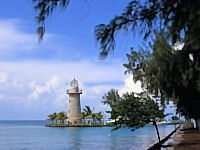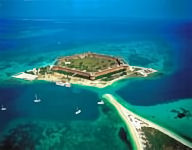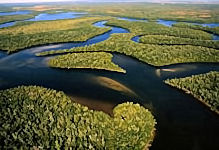Parks by State
- Alabama State Parks
- Alaska State Parks
- Arizona State Parks
- Arkansas State Parks
- California State Parks
- Colorado State Parks
- Connecticut State Parks
- Delaware State Parks
- Florida State Parks
- Georgia State Parks
- Guam Parks
- Hawaii State Parks
- Idaho State Parks
- Illinois State Parks
- Indiana State Parks
- Iowa State Parks
- Kansas State Parks
- Kentucky State Parks
- Louisiana State Parks
- Maine State Parks
- Maryland State Parks
- Massachusettes Parks
- Michigan State Parks
- Minnesota State Parks
- Missouri State Parks
- Mississippi State Parks
- Montana State Parks
- Nebraska State Parks
- Nevada State Parks
- New Hampshire Parks
- New Jersey State Parks
- New Mexico State Parks
- New York State Parks
- North Carolina State Parks
- North Dakota State Parks
- Ohio State Parks
- Oklahoma State Parks
- Pennsylvania State Parks
- Puerto Rico Parks
- Rhode Island State Parks
- South Carolina Parks
- South Dakota State Parks
- Tennessee State Parks
- Texas State Parks
- Utah State Parks
- Vermont State Parks
- Virginia State Parks
- Virgin Islands Parks
- Washington DC Parks
- Washington State Parks
- West Virginia State Parks
- Wisconsin State Parks
- Wyoming State Parks
The U.S. National Park Service preserves 58 national parks, 390 parks, historic sites, memorials, and recreation areas that attract nearly 300 million visitors every year. Our U.S. national parks are repositories of the nation’s biological diversity and contain some of the last ecosystem remnants that are found nowhere else in the world. Explore US Parks Online
Shenandoah National Park is a beautiful, historic national treasure which includes the 105-mile long Skyline Drive, a National Scenic Byway. The Park covers the crest of Virginia’s Blue Ridge Mountains for over seventy-five miles. The Appalachian Trail roughly parallels the Skyline Drive and 101 miles of this trail run through the Park. (more…)
There are three national parks in the State of Florida:
Biscayne National Park
 Biscayne National Park, located in Biscayne Bay at the north end of the Florida Keys, has four interrelated marine ecosystems: mangrove forest, the Bay, the Keys, and coral reefs. Threatened animals include the West Indian Manatee, American crocodile, various sea turtles, and the peregrine falcon.
Biscayne National Park, located in Biscayne Bay at the north end of the Florida Keys, has four interrelated marine ecosystems: mangrove forest, the Bay, the Keys, and coral reefs. Threatened animals include the West Indian Manatee, American crocodile, various sea turtles, and the peregrine falcon.
Dry Tortugas National Park
 The Dry Tortugas National Park on the west end of the Florida Keys is the site of Fort Jefferson, the largest masonry structure in the Western Hemisphere. With most of the park being water, it is the home of coral reefs and shipwrecks and is only accessible by plane or boat.
The Dry Tortugas National Park on the west end of the Florida Keys is the site of Fort Jefferson, the largest masonry structure in the Western Hemisphere. With most of the park being water, it is the home of coral reefs and shipwrecks and is only accessible by plane or boat.
Everglades National Park
 Everglades National Park is the largest subtropical wilderness in the United States. This mangrove ecosystem and marine estuary is home to 36 protected species, including the Florida panther, American crocodile, and West Indian manatee. Some areas have been drained and developed; restoration projects aim to restore the ecology.
Everglades National Park is the largest subtropical wilderness in the United States. This mangrove ecosystem and marine estuary is home to 36 protected species, including the Florida panther, American crocodile, and West Indian manatee. Some areas have been drained and developed; restoration projects aim to restore the ecology.
